Realistically speaking, dinosaurs wouldn’t make good pets. They were wild animals with highly attuned “flight or fight” responses to stimuli, which would have made them not only difficult to deal with but also very dangerous.
Small ones would be nervous, nippy animals, prone to running around and clawing the furniture. The larger forms could leap higher than deer, kick harder than mules, and bite stronger than a crocodile. In other words, they could take your head off easily if they felt like it.
But even if they were the most peaceful creatures on earth, the big ones would be extremely expensive to take care of and difficult to house. So, practically, dinosaurs could never make good pets.
However, in theory, there are some dinosaurs that could have possibly made good pets. And here’s a list of 20 Bizarre Dinosaurs That Would’ve Made Great Pets. What do you think? Would they have made great pets? Are there any you would add to the list?
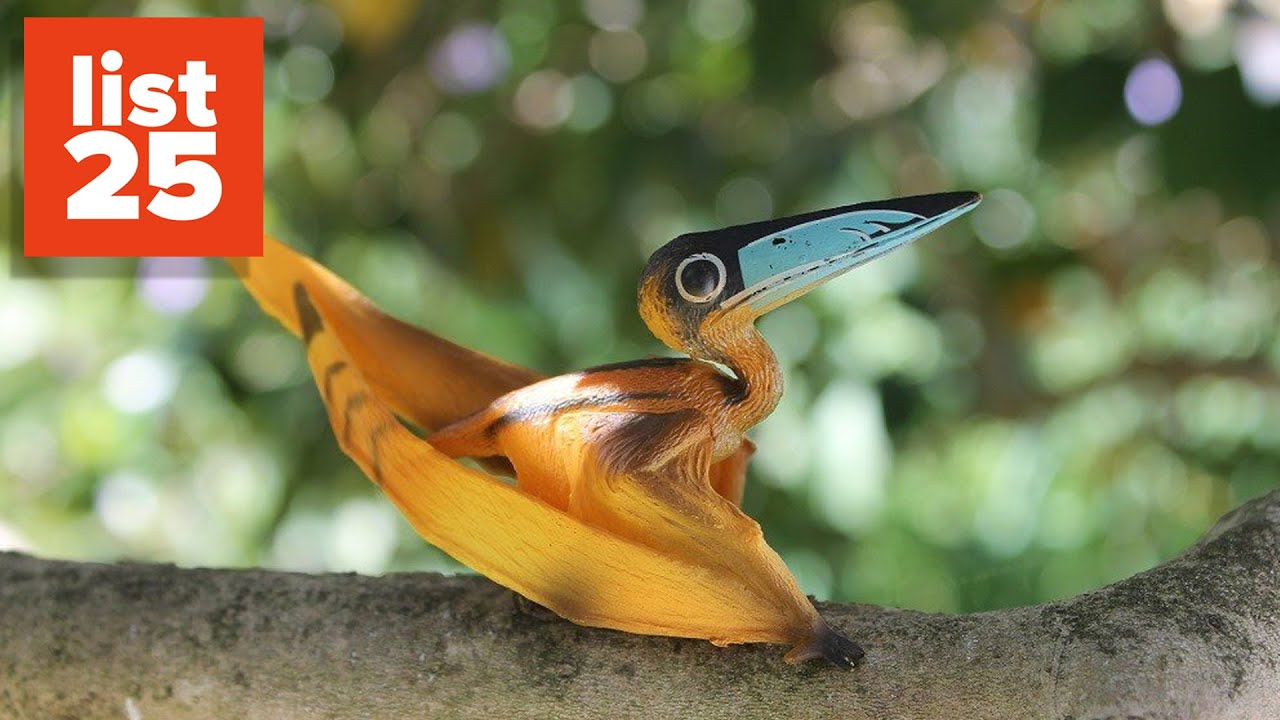
Gasparinisaura
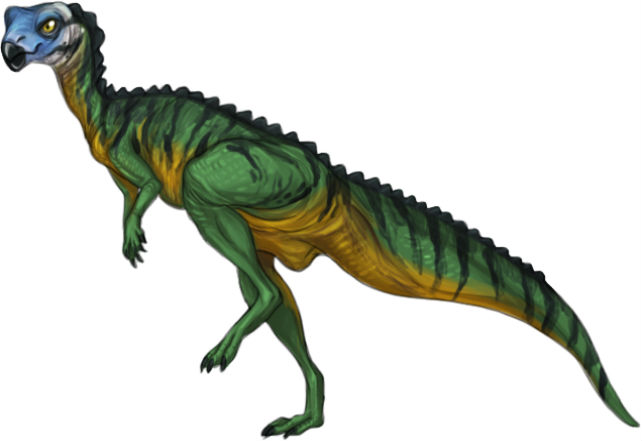 https://dinosaurpictures.org/Gasparinisaura-pictures
https://dinosaurpictures.org/Gasparinisaura-pictures Gasparinisaura was a small bipedal plant-eater. Experts have estimated that its length was about 2.6 feet (1.7 meters).
As for its weight? An average Gasparinisaura weighed around 29 pounds (13 kg). It could definitely be domesticated as it was friendly to other living creatures and consumed “green salad” exclusively.
Psittacosaurus
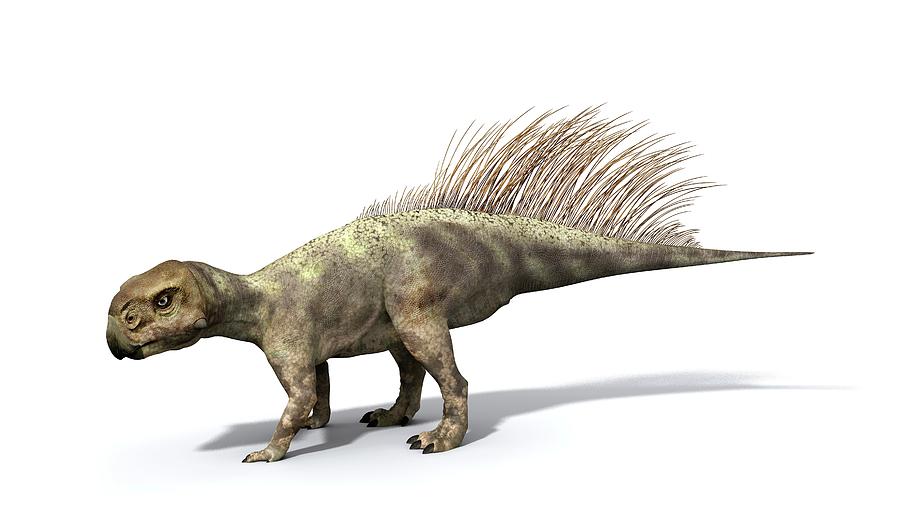 https://en.wikipedia.org/wiki/Psittacosaurus
https://en.wikipedia.org/wiki/Psittacosaurus A typical psittacosaurus was about the size of a Labrador. Being small, and mostly herbivorous (plant-eater), it was definitely a safer dinosaur than its carnivorous counterparts.
This, of course, doesn’t mean that it would be as easy to handle as a bunny. They could give a nip with their parrot-type beak or possibly do some damage with the spiky protrusions on their tail. These they generally used for fighting other males of its kind over a female psittacosaurus.
Troodon
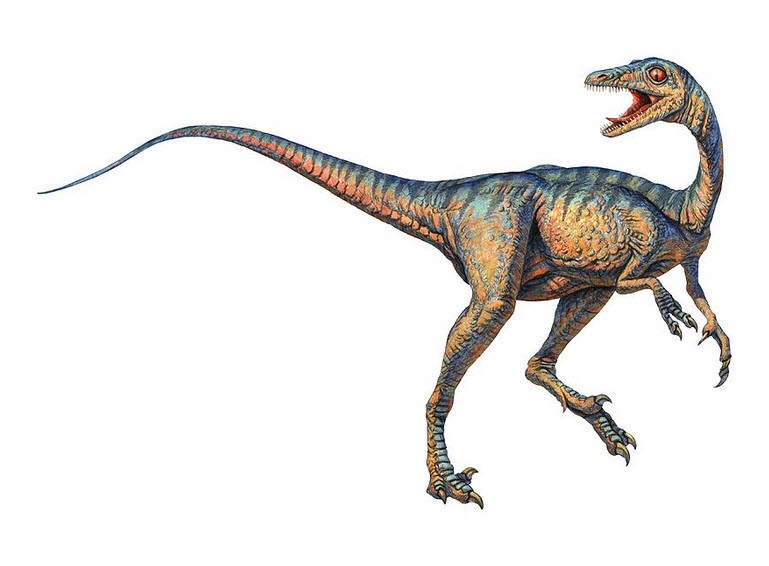 https://dinosaurpictures.org/Troodon-pictures
https://dinosaurpictures.org/Troodon-pictures Troodon was a human-size theropod of the Late Cretaceous period. It’s known for its particular intelligence.
Actually, the decorated paleontologist Dale Russell speculated in a study how this dinosaur might have evolved if it weren’t for the K-T extinction event.
Thanks to its intelligence mainly, we tend to believe that it could have made a great friend – if not pet – for our kind.
Vulcanodon
 https://en.wikipedia.org/wiki/Vulcanodon
https://en.wikipedia.org/wiki/Vulcanodon From the identified fossil specimen, it has been observed that this dinosaur was about 6.5 meters long. That means that Vulcanodon wouldn’t make your typical pet. It was more like an elephant or a camel.
Of course, the fact that this dinosaur was a meat eater would be a problem but if people keep tigers and lions as pets, why not Vulcanodon too?
Nemicolopterus
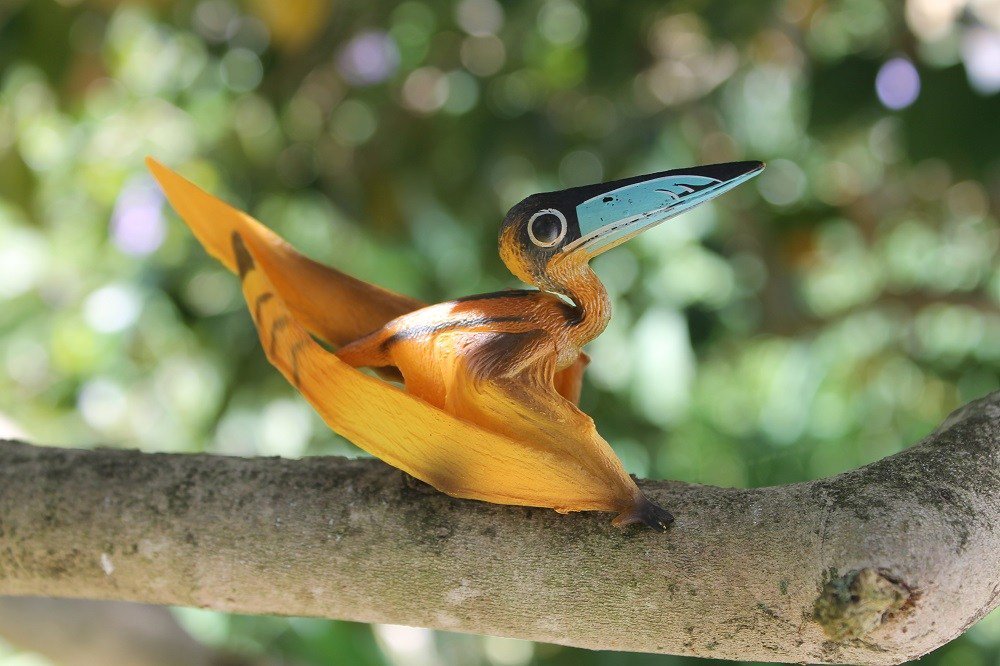 https://en.wikipedia.org/wiki/Nemicolopterus
https://en.wikipedia.org/wiki/Nemicolopterus In February of 2008, paleontologists in China discovered the type fossil of Nemicolopterus. It is the tiniest flying reptile yet identified, with a wingspan of only 10 inches and a weight of a few ounces.
The pigeon lovers would definitely love this pigeon-sized dinosaur that lived around 120 million years ago.
Oviraptor
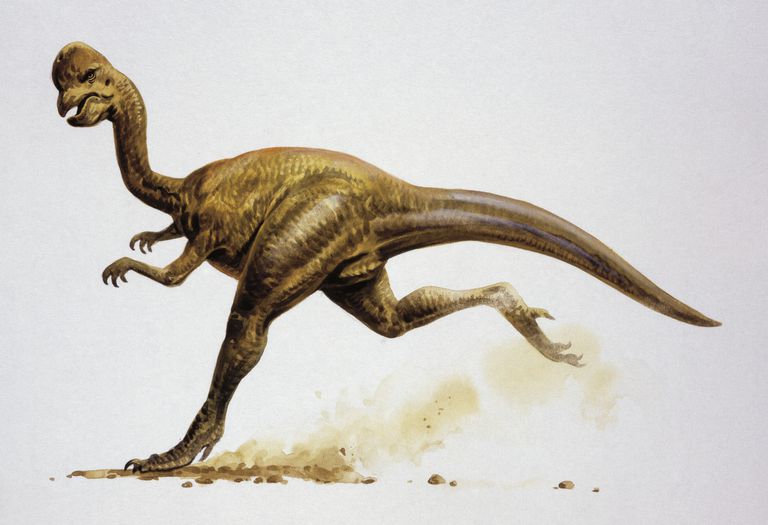 https://en.wikipedia.org/wiki/Oviraptor
https://en.wikipedia.org/wiki/Oviraptor The feathered Oviraptor may have been one of the most intelligent dinosaurs of the Late Cretaceous period according to paleontologists.
For example, it was one of the few theropods smart enough to sit on its own eggs until they hatched.
Due to its sharp mind and protective, caring nature, it’s believed that Oviraptor would most likely make a good pet. But this is only a guess (like this whole list of dinosaurs that would make great pets).
Europasaurus
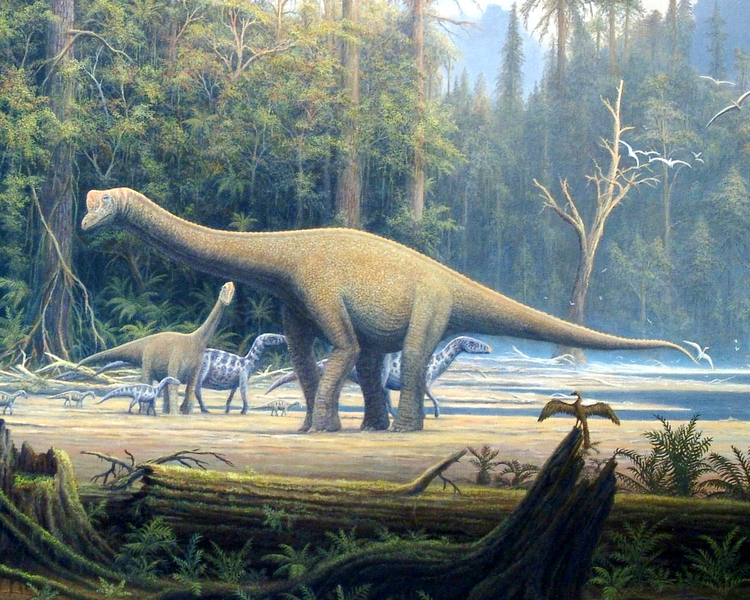 https://en.wikipedia.org/wiki/Europasaurus
https://en.wikipedia.org/wiki/Europasaurus Europasaurus was a plant-eater with a heart of gold. Despite being huge in size, it was no threat to other living creatures of its time due to its peaceful nature.
It lived in the Jurassic period and inhabited Europe. Its fossils have been found in places such as Germany and Switzerland.
It would definitely make a good pet but you would need a huge backyard as it wouldn’t be able to get in your house.
Palaeopteryx
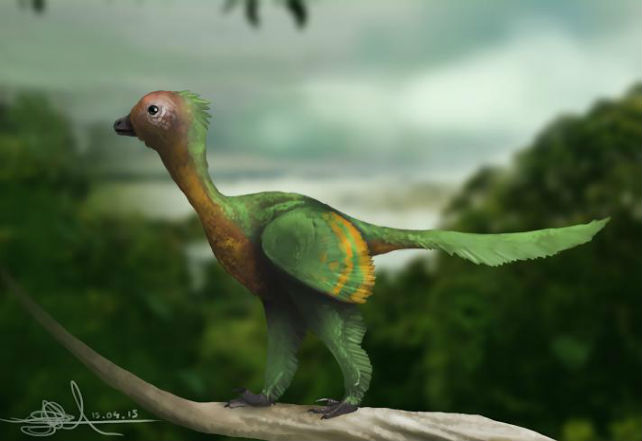 https://en.wikipedia.org/wiki/Palaeopteryx
https://en.wikipedia.org/wiki/Palaeopteryx Palaeopteryx lived in the Jurassic period and inhabited North America. Its fossils have been found in places such as Colorado.
Other than being small and super cute (according to the imagination of modern illustrators), Palaeopteryx was an insectivore. Do you know what that means? It exclusively ate insects.
I personally would love a pet like this one. I’ll take it.
Microceratus
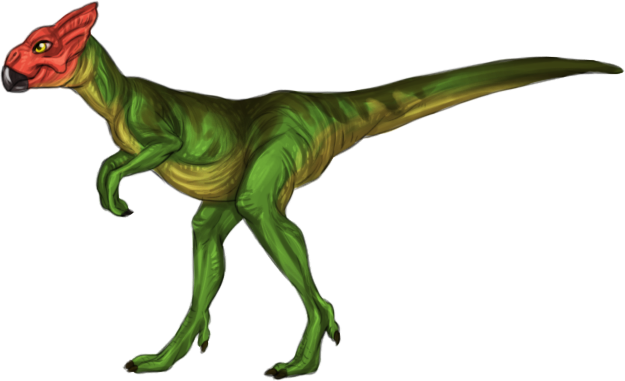 https://en.wikipedia.org/wiki/Microceratus
https://en.wikipedia.org/wiki/Microceratus This 20-pound Microceratops was almost certainly the smallest horned dinosaur that ever lived. It was outweighed even by a fat cat.
The fact that he only ate green salad makes him even more harmless and cute in the eyes of paleontologists. Definitely pet-material.
Chromogisaurus
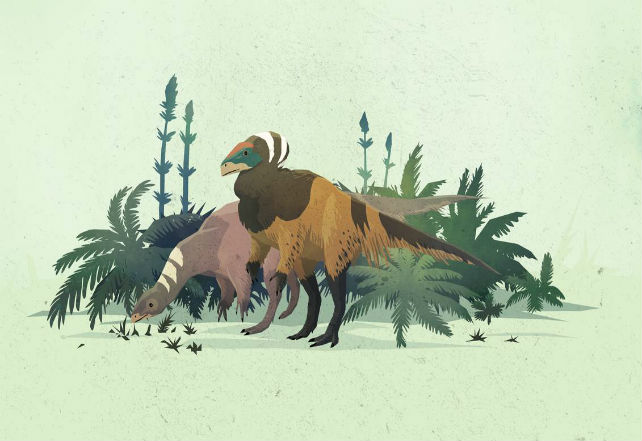 https://en.wikipedia.org/wiki/Chromogisaurus
https://en.wikipedia.org/wiki/Chromogisaurus Chromogisaurus is one of the oldest known dinosaurs. Not particularly big for a dinosaur, it was not small either. Standing on its two feet, it would have been around 6’7″.
However, Chromogisaurus preferred to walk on its four legs like a dog and ate plants exclusively. Sounds like a good pet already, right? Then again, that might just be the wishful thinking of a naive human.
Gigantoraptor
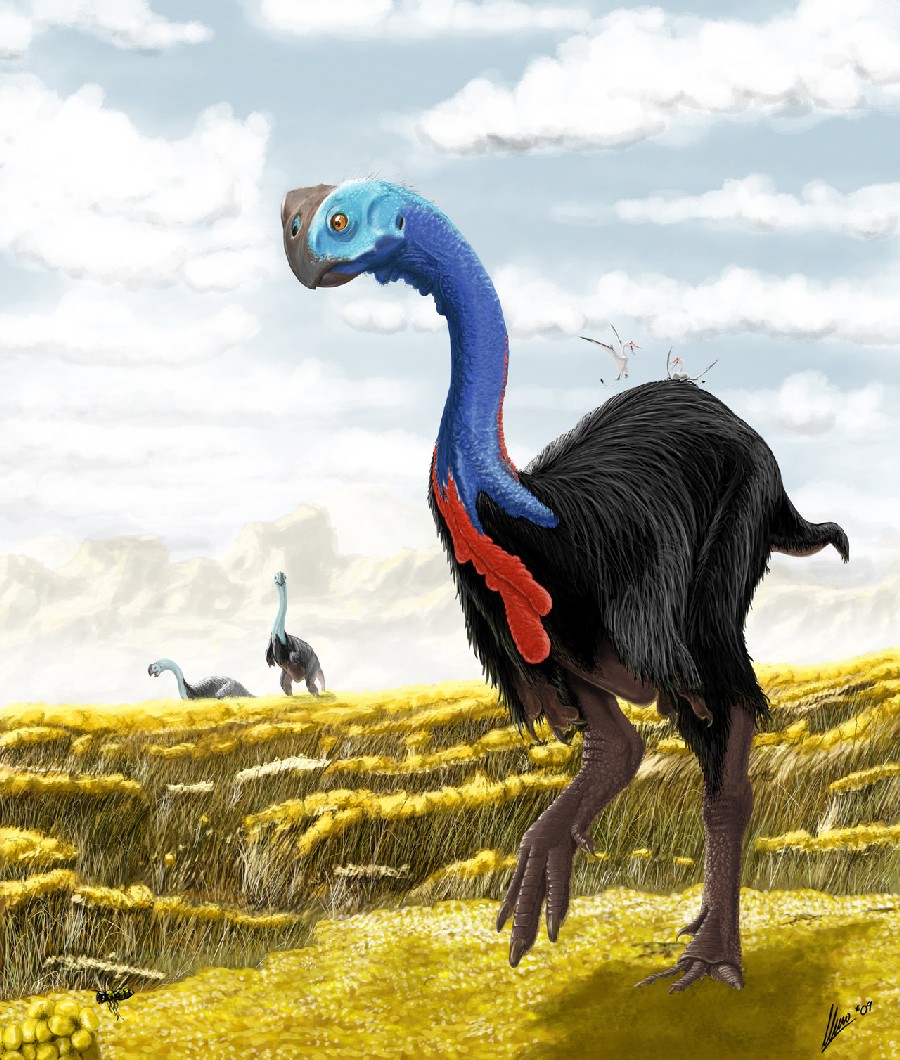 https://en.wikipedia.org/wiki/Gigantoraptor
https://en.wikipedia.org/wiki/Gigantoraptor Gigantoraptor was a giant, ground-dwelling bipedal omnivore with a shearing bite, as indicated by the preserved mandible.
Some dinosaurs of this kind stood out, as they were covered with long, beautiful tufted feathers. Gigantoraptor’s “pet status” would also depend on whether this giant dinosaur decided to have a vegetarian diet or feasted on the occasional small mammal (including humans).
Whatever the case, you would need to have a huge backyard to host this “pet” for sure.
Cartorhynchus
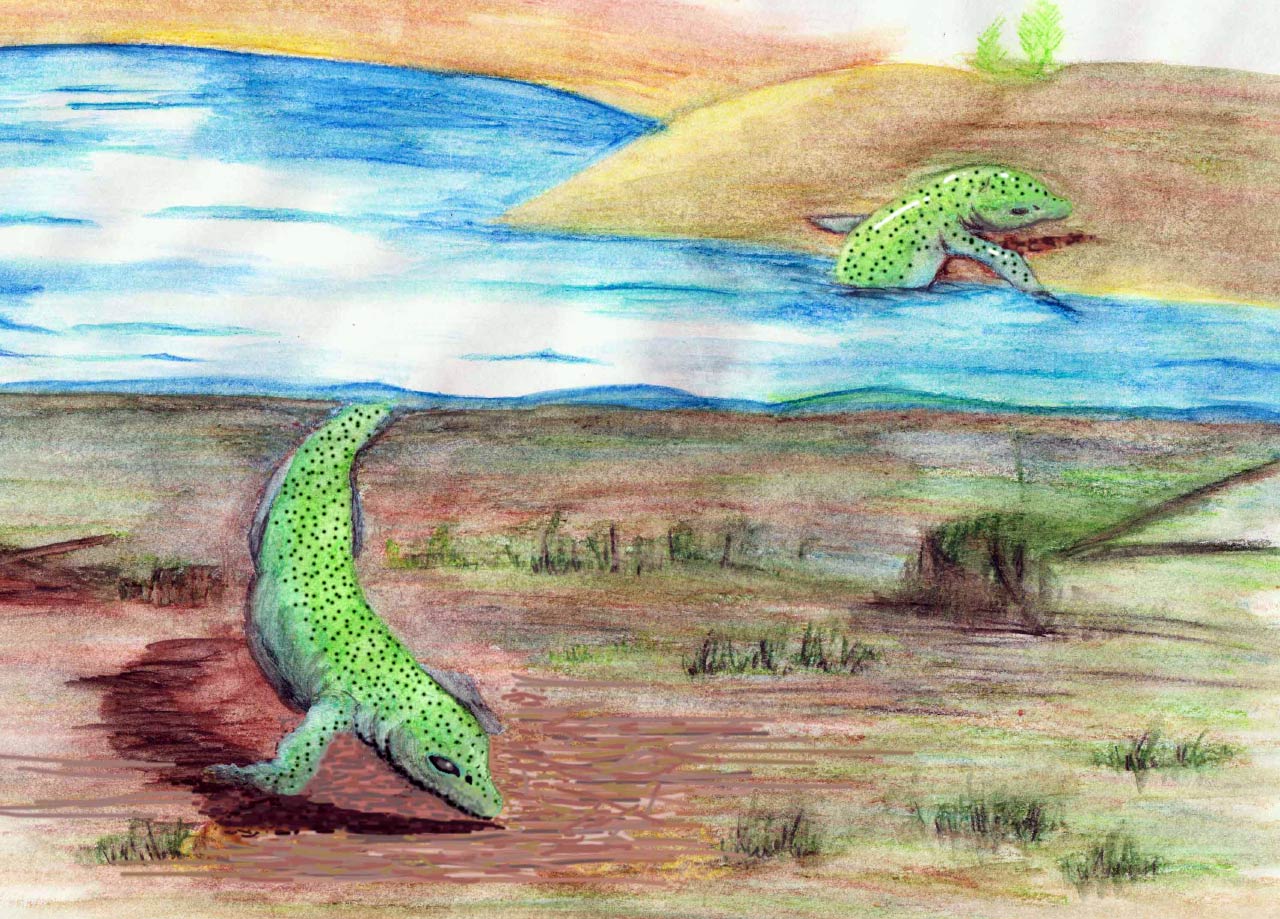 https://en.wikipedia.org/wiki/Cartorhynchus
https://en.wikipedia.org/wiki/Cartorhynchus Realistically speaking, Cartorhynchus would definitely make a better pet than Gigantoraptor. Its fossils were found in eastern China and were unearthed from rocks in 2011.
The only well-preserved fossil is quite complete, with only a portion of the tail missing. When alive, this little fella was probably about 16 inches (40 cm) long, roughly the same size as a large lizard.
It only weighed about 4.4 pounds (2 kg) and was one of the lightest dinosaurs to ever live. Yep … definitely pet-material.
Unaysaurus
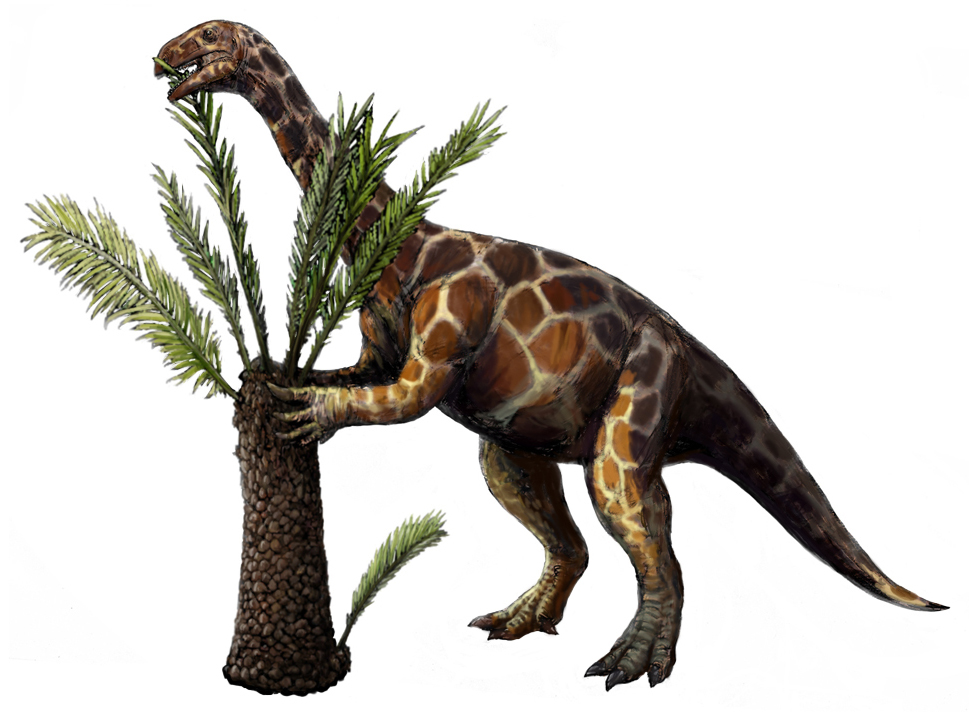 https://en.wikipedia.org/wiki/Unaysaurus
https://en.wikipedia.org/wiki/Unaysaurus Unaysaurus was one of the first prosauropods. This bipedal, plant-eating dinosaur was smaller than most of the prosauropods that followed it, but it was still big enough to cause some damage if angered: eight feet long and 200 pounds of damage, to be exact.
Keep in mind though that Unaysaurus was gentle and inoffensive according to paleontologists, characteristics that make it another ideal choice for a pet.
Nothronychus
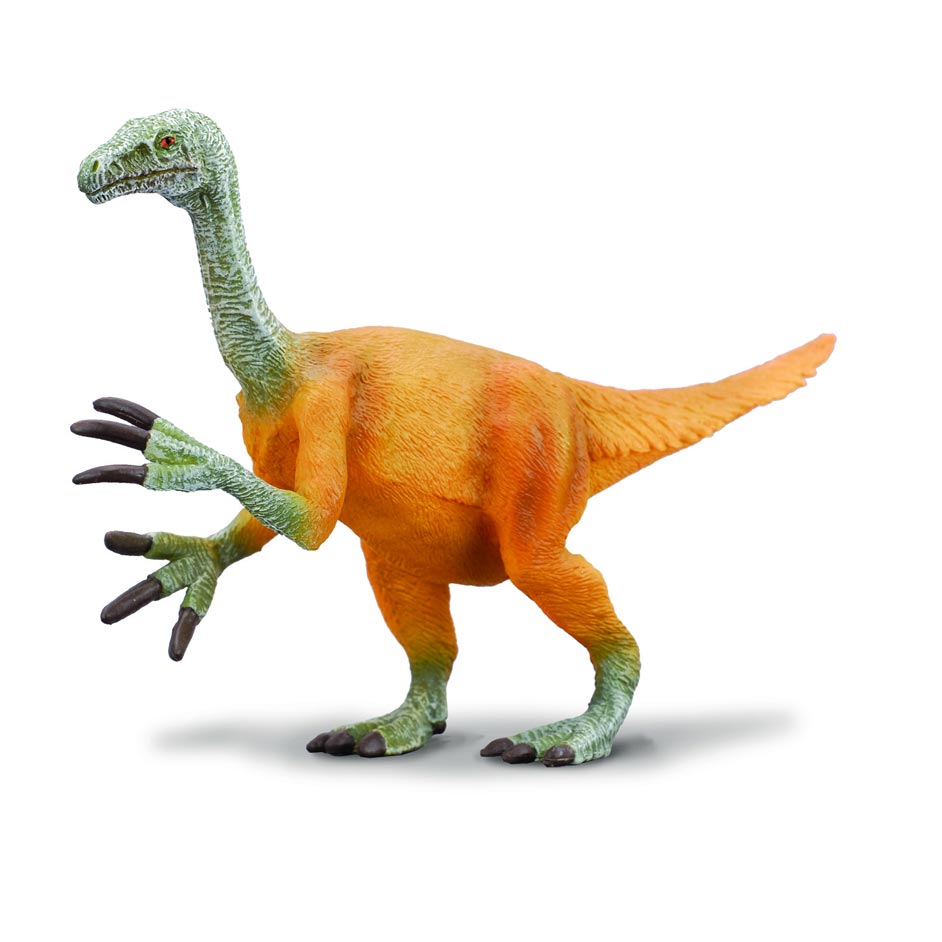 https://en.wikipedia.org/wiki/Nothronychus
https://en.wikipedia.org/wiki/Nothronychus This big bird-like dinosaur probably looked very weird … in a cute way. Maybe something like a Looney Tunes cartoon character.
Its long, tapered front claws, narrow snout, and prominent potbelly only added to its charm. Meanwhile, its presumed herbivorous diet would have made this dinosaur man-friendly.
Oddly enough, Nothronychus is also the first therizinosaur (scythe lizard) to be identified outside Asia.
Adeopapposaurus
 https://en.wikipedia.org/wiki/Adeopapposaurus
https://en.wikipedia.org/wiki/Adeopapposaurus Adeopapposaurus was a plant-eater and thus not a threat for our kind. It lived in the Jurassic period and inhabited South America.
Its fossils have been mainly found in Argentina. Despite being a huge dinosaur, paleontologists suggest that it was one of the most friendly and caring of its kind.
Micropachycephalosaurus
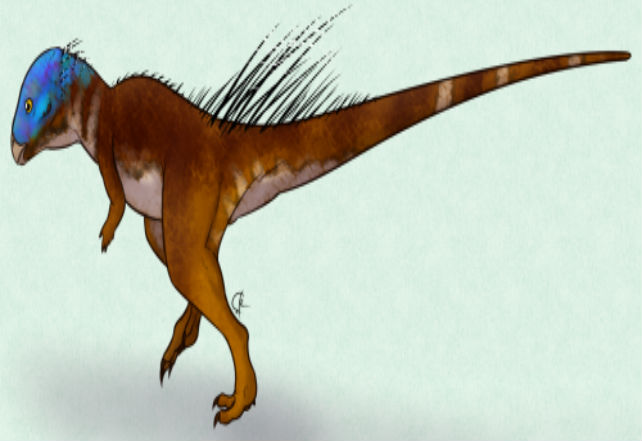 https://en.wikipedia.org/wiki/Micropachycephalosaurus
https://en.wikipedia.org/wiki/Micropachycephalosaurus Micropachycephalosaurus derives from the ancient Greek language and translates to something like “tiny thick-headed lizard.” And trust me, paleontologists weren’t playing around when they giving this name to this dinosaur.
That’s exactly what this dinosaur was: a five-pound pachycephalosaur that roamed Late Cretaceous Asia about 80 million years ago.
It’s really hard to imagine the severe complexes of inferiority such a tiny “dinosaur” would feel when he would look at the gigantic members of its kind, but Micropachycephalosaurus would definitely make a good pet for humans.
Mei
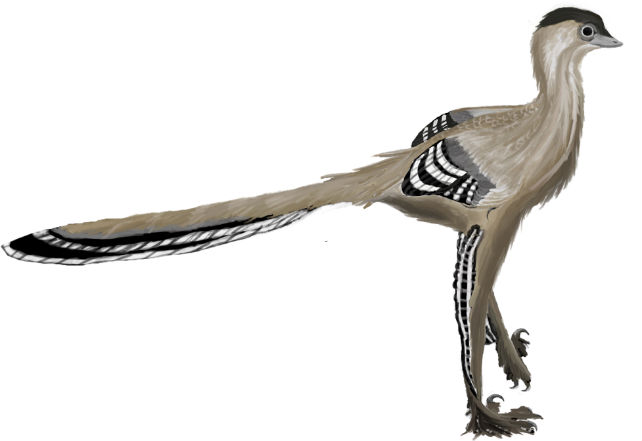 https://en.wikipedia.org/wiki/Mei_long
https://en.wikipedia.org/wiki/Mei_long If you thought that Micropachycephalosaurus would make a good pet, allow us to introduce you to Mei. This dinosaur was as tiny as its name. And nope, we’re not exaggerating one bit.
What will make you love this little dinosaur even more is the story of its discovery. Its fossil was found curled up in a ball, its tail wrapped around its body, and its head tucked underneath its arm.
Paleontologists suggest that this tiny, unprotected dinosaur was buried alive by a sudden sandstorm about 140 million years ago. Now that dinosaur could indeed have been an excellent pet!
Minmi
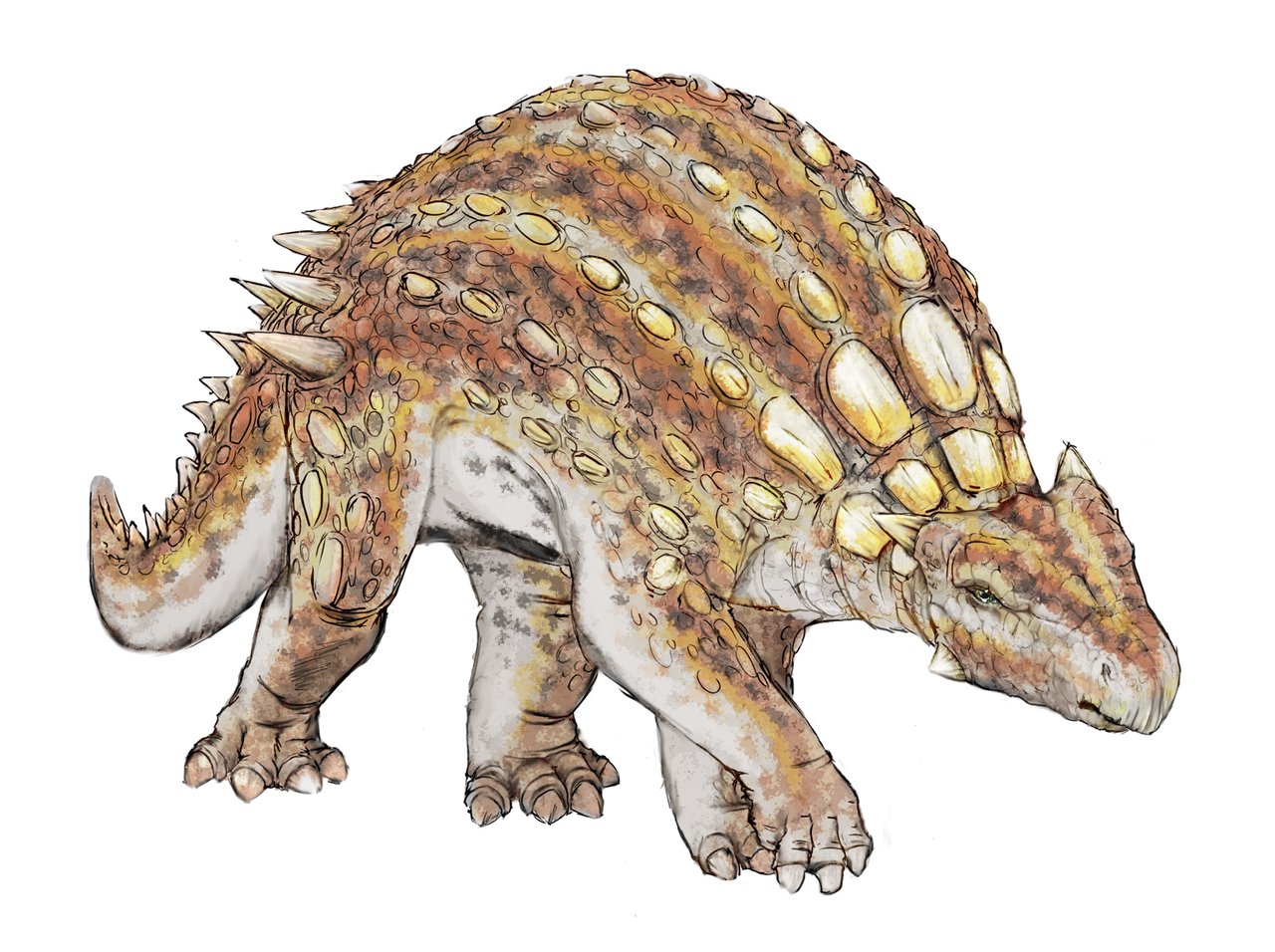 https://en.wikipedia.org/wiki/Minmi_paravertebra
https://en.wikipedia.org/wiki/Minmi_paravertebra Minmi was a small, plant-eating quadrupedal armored dinosaur. Paleontologists have estimated that its length was around 9.8 feet (3 meters), and its weight was about 660 pounds (300 kilograms).
Experts describe Minmi as not a particularly “bright” dinosaur. Taking into account how even the smartest dinosaurs weren’t exactly known for their sharp mind, you can assume that this dinosaur would make a good pet only because it would desperately need someone to look after it.
Leaellynasaura
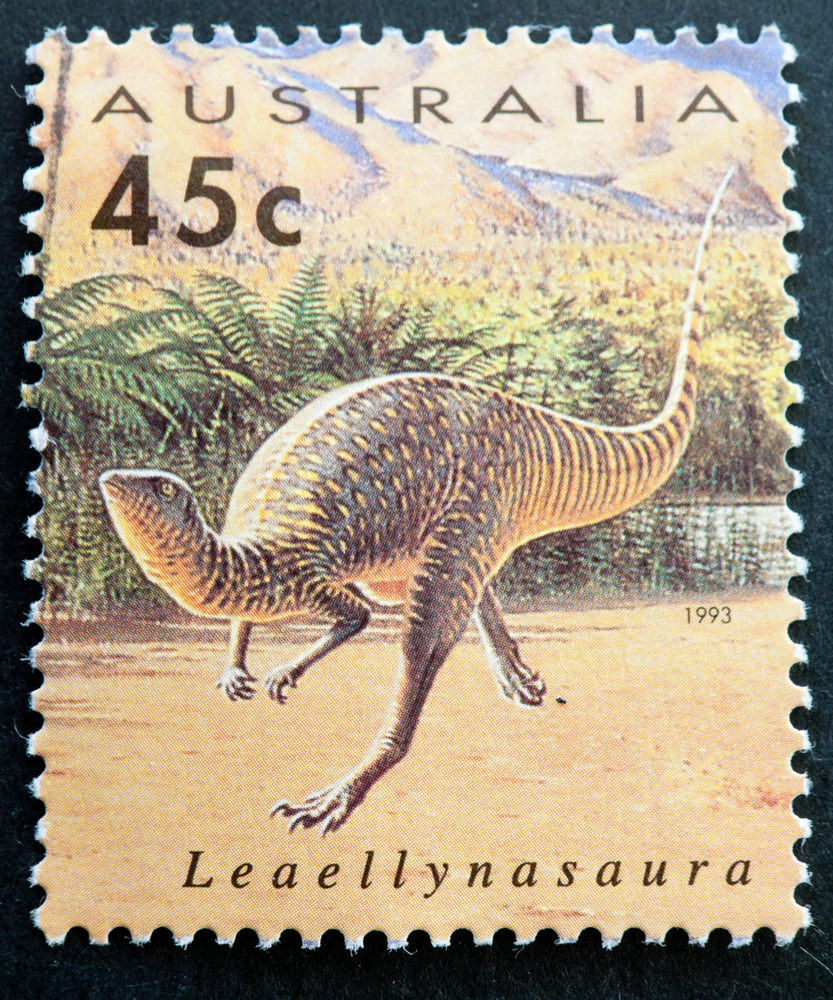 https://en.wikipedia.org/wiki/Leaellynasaura
https://en.wikipedia.org/wiki/Leaellynasaura Leaellynasaura wasn’t exactly small, but it definitely wasn’t big either (for a dinosaur, that is). It had a human-like size when it stood on its two feet and lived in Middle Cretaceous Australia.
What made this dinosaur really likable was its large eyes and its “smiley mouth,” which made it look like a stuffed toy for children.
Add to the mix that Leaellynasaura was named after an 8-year-old girl, the daughter of Australian paleontologist Patricia Vickers-Rich, and all animal lovers will think of this dinosaur as the perfect pet (which may not be the case … sorry, folks).
Stegosaurus
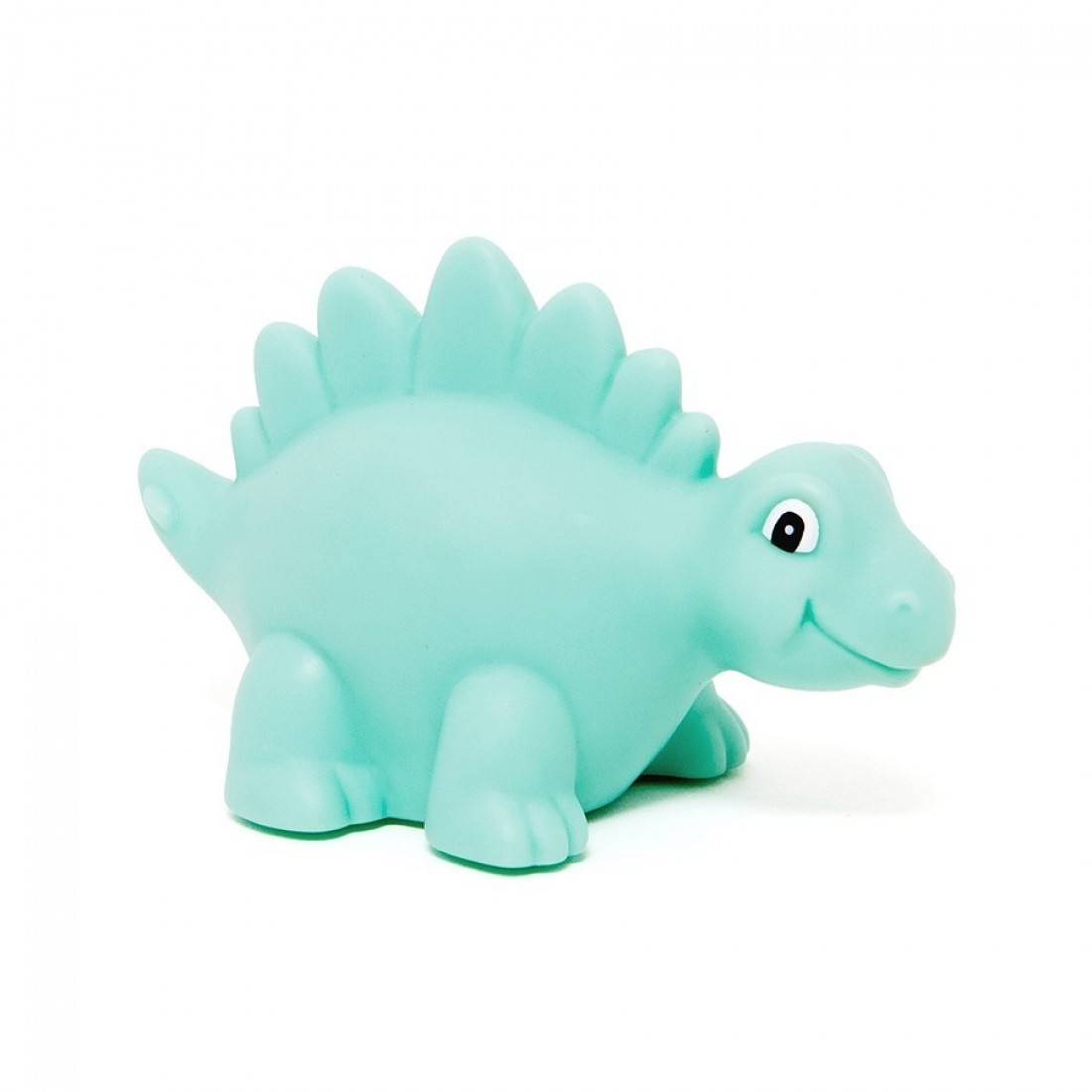 https://www.britannica.com/animal/Stegosaurus
https://www.britannica.com/animal/Stegosaurus Also known as the “friendliest” dinosaur to ever live, the Stegosaurus is one of the best-known dinosaurs. This kind of dinosaur has been positively featured in film and many other types of media.
It is considered to be the most famous dinosaur from a group of dinosaurs known as Stegosauria. They were all plant-eaters and featured rows of unique bones that developed into plates and spines along their back and tail.



























